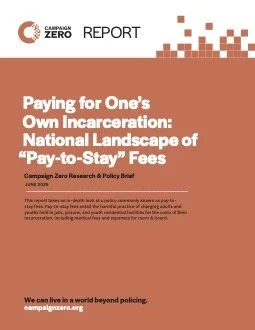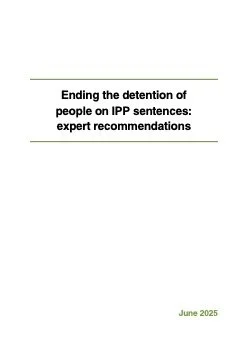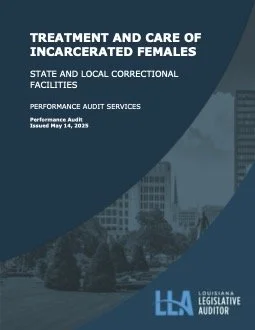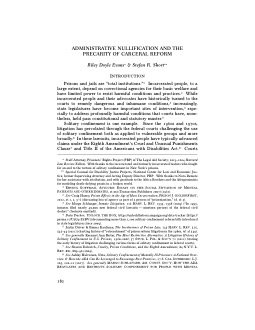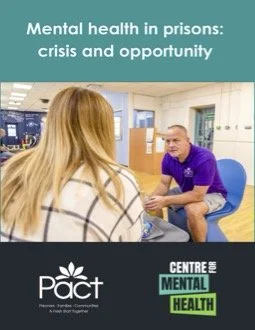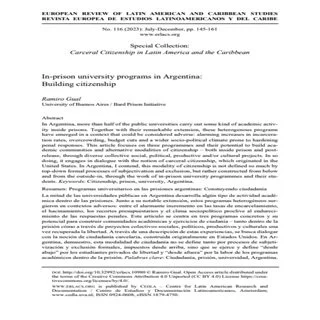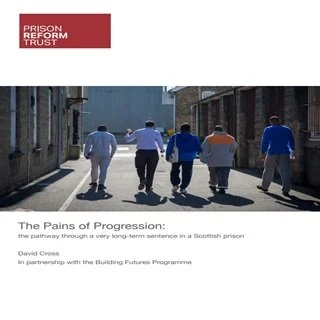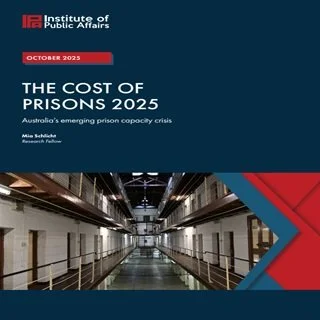By Byun, W., Stevenson, K., & Loyo, M.
Pay-to-stay fees, also referred to as costs of incarceration, cost of care, cost of support, or room and board, are the costs charged to individuals for their incarceration. They may be automatically deducted from an individual’s wages or prison account, but often accumulate or are collected as debt after the conclusion of their sentence. Using an in-depth literature review, discussions with researchers, and interviews with people impacted by pay-to-stay fees, this report examines the imposition of room and board and medical fees at the state level during a period of incarceration. The authors conclude that pay-to-stay fees impose excessive financial burdens on individuals and their families, are a barrier to accessing basic goods and services, hinder successful reentry, and are ineffective fiscal policy. The authors urge state and local governments to ban the imposition of these fees.
Key findings:
48 states and Washington D.C. allow for the imposition of at least one category of pay-to-stay fees (adult room & board, adult medical, youth room & board, and youth medical).
California and Illinois have repealed fees for all categories.
26 states allow for both room & board and medical fees for both adults and youth who are incarcerated.
Among states that allow medical co-pays, the fee ranges from $.50 to $13.55 per visit.
15 states prohibit the denial of medical service for adults for lack of ability to pay.
A number of states allow for the direct garnishing of an individual’s resources to pay pay-to-stay fees.
12 states authorize the use of criminal prosecution for accured or unpaid fees for at least one category.
New York: Campaign Zero, 2025. 33p.


